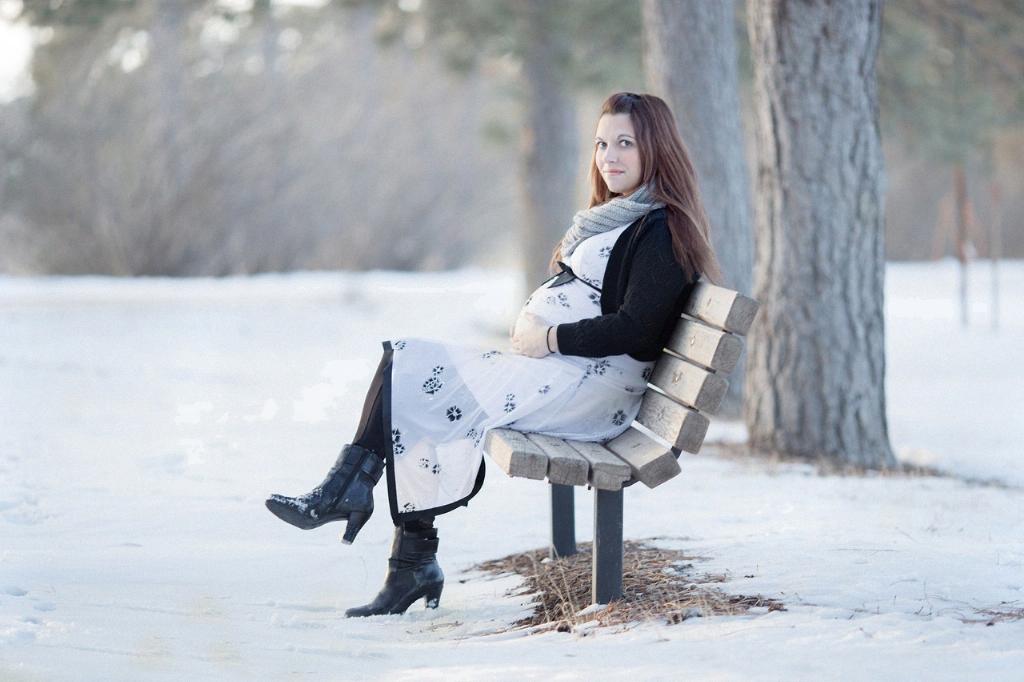When considering whether it is safe to have a Vaginal Birth After Cesarean (VBAC) after two previous C-sections, it’s essential to understand the evolving guidelines in obstetrics. In the past, there was concern about the risks associated with VBAC after multiple cesarean deliveries. However, recent insights from the American Congress of Obstetricians and Gynecologists (ACOG) suggest that VBAC can indeed be a safe and viable option for many women.
Changing Perspectives on VBAC
Historically, the medical community viewed VBAC after multiple C-sections as risky due to concerns about uterine rupture and other potential complications. However, as research has progressed and techniques in obstetrics have advanced, the perspective on VBAC has shifted. ACOG now recognizes that VBAC can be a safe option for appropriately selected patients, even after two prior cesarean deliveries.
Factors Influencing Safety
Several factors play a crucial role in determining the safety of VBAC after multiple C-sections. The primary consideration is the reason for the prior cesarean deliveries. If the previous C-sections were performed due to non-recurring issues, such as breech presentation or fetal distress, VBAC may be a reasonable choice. Conversely, if the cesarean deliveries were due to factors that increase the risk of uterine rupture, such as a classical incision or previous uterine surgery, the safety of VBAC after two C-sections may be more complex.
Evaluating Individual Risk
When assessing the safety of VBAC after two C-sections, individual risk factors must be carefully evaluated. Maternal age, BMI, fetal weight, gestational age, and other medical conditions can all influence the likelihood of a successful VBAC and the associated risks. Consulting with a healthcare provider who is experienced in VBAC and high-risk pregnancies is crucial to making an informed decision.
Benefits of VBAC
Opting for a VBAC after two C-sections can offer several potential benefits. Vaginal birth is associated with a faster recovery time, decreased risk of infection, and lower rates of blood loss and complications compared to cesarean delivery. Additionally, VBAC promotes bonding and provides a more natural birthing experience for many women.
Risks and Considerations
While VBAC can be a safe option for many women, it’s essential to acknowledge the potential risks and considerations. The risk of uterine rupture, though low, is higher in women who have had multiple C-sections. Additionally, failed VBAC attempts can result in emergency repeat cesarean deliveries, which carry their own set of risks. Careful monitoring and preparation are essential for a successful VBAC after two previous cesarean deliveries.
Support and Advocacy
Women considering VBAC after two C-sections should seek out supportive healthcare providers who are knowledgeable about the risks and benefits of VBAC. Advocacy and informed decision-making are vital in ensuring that women receive the appropriate care and support for their chosen birth plan. Open communication with healthcare professionals and active participation in decision-making can contribute to a positive VBAC experience.
Emotional and Psychological Impact
The decision to pursue a VBAC after two C-sections can have a significant emotional and psychological impact on women. Feeling empowered and supported in their birthing choices can positively influence the overall birth experience and postpartum well-being. Addressing any fears or concerns with healthcare providers and seeking out emotional support can play a crucial role in navigating the complexities of VBAC after multiple cesarean deliveries.
Guidance and Resources
For women considering VBAC after two C-sections, seeking guidance and resources can be instrumental in making an informed decision. Connecting with support groups, attending childbirth education classes, and seeking out evidence-based information can help women feel more confident and empowered in their choice of childbirth method. Educating oneself and surrounding oneself with knowledgeable and supportive individuals can enhance the VBAC experience.
Conclusion
In conclusion, the safety of having a VBAC after two C-sections depends on various factors, including individual risk assessment, prior cesarean indications, and access to experienced healthcare providers. While VBAC can be a safe and appropriate option for many women, careful consideration of risks, benefits, and emotional well-being is essential in the decision-making process. By engaging in open communication, seeking support, and staying informed, women can navigate the journey of VBAC after two C-sections with confidence and empowerment.

